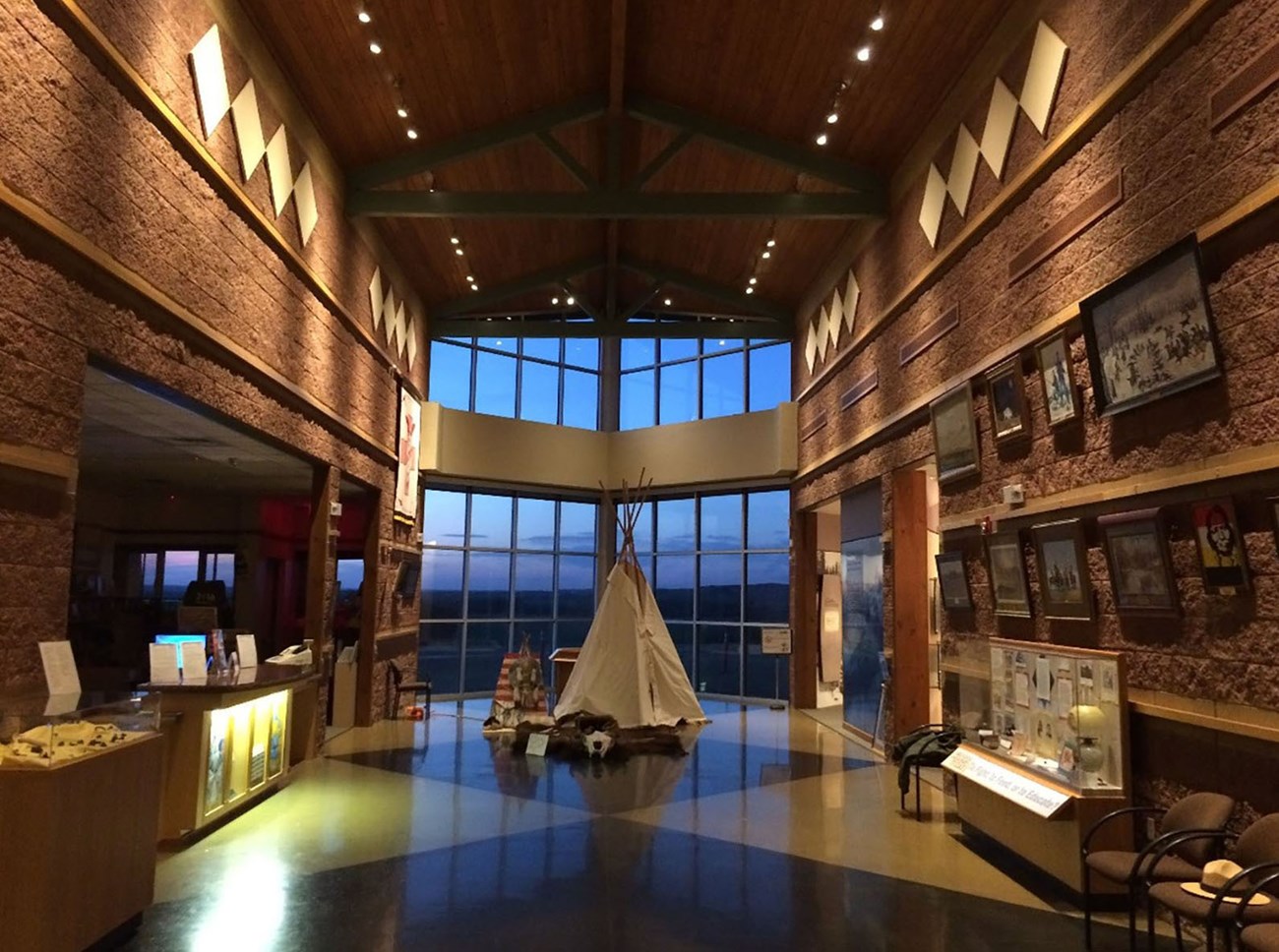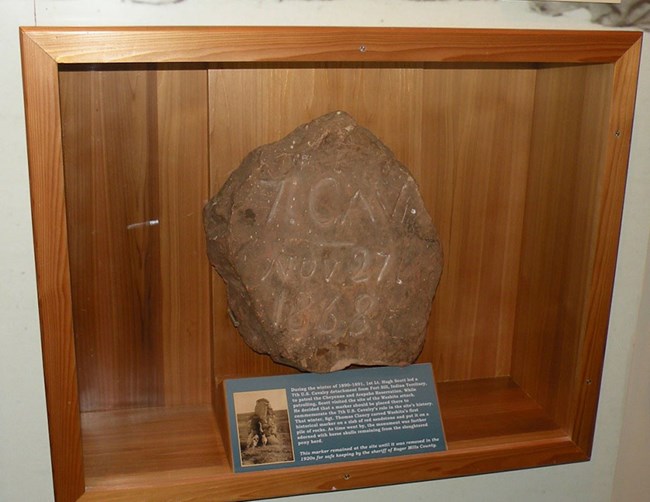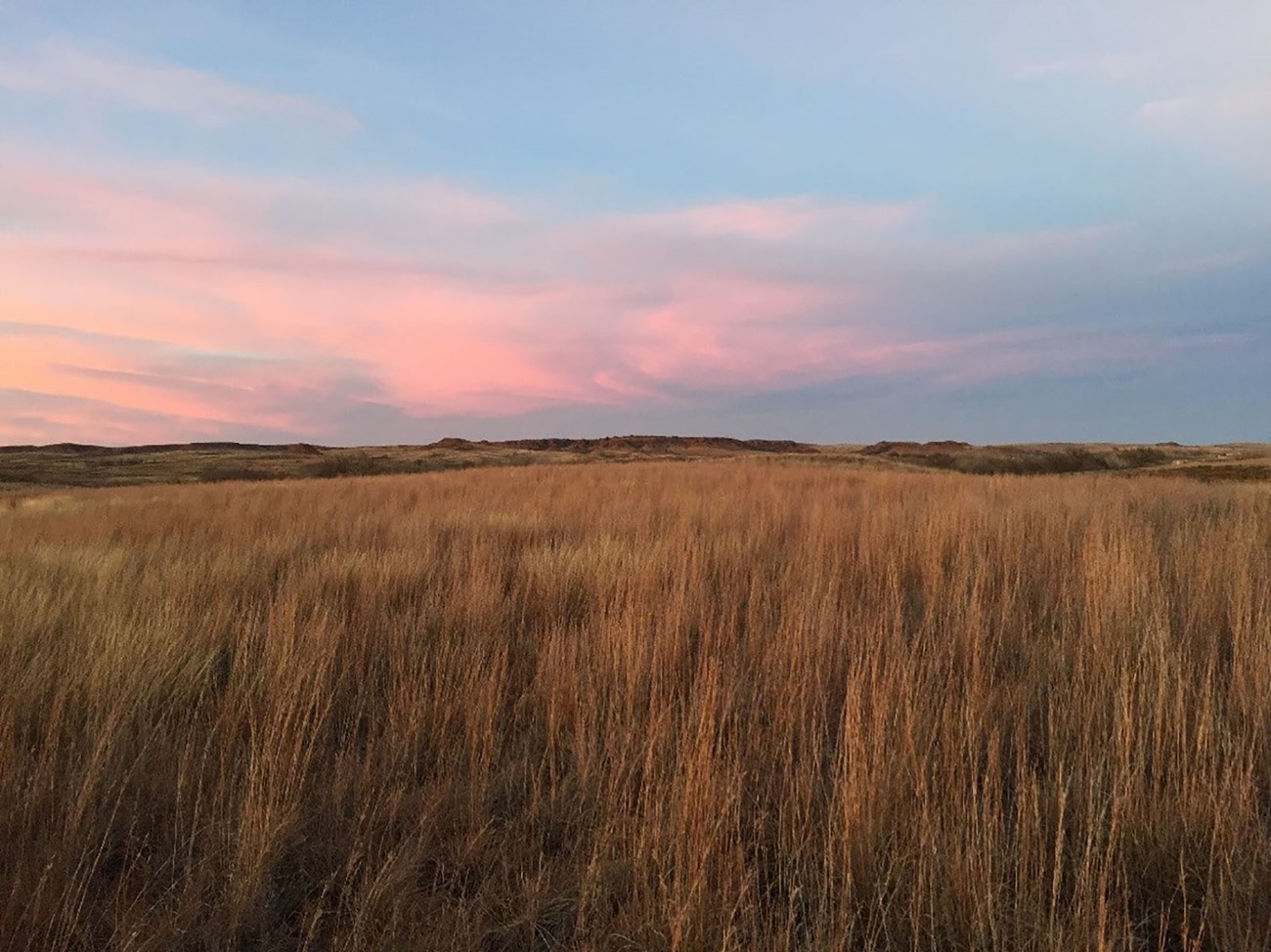Last updated: May 1, 2018
Article
National Park Getaway: Washita Battlefield National Historic Site
By Kevin Mohr, Chief of Interpretation and Operations

NPS Photo
Nearly 150 years ago an event on the Great Plains would change the Cheyenne way of life forever. Washita Battlefield National Historic Site is a powerful place full of stories that have significance even today. Discover the story of Black Kettle, a Cheyenne chief who, against all odds, believed in peace as a solution to conflict on the Great Plains. Or explore the colorful and sometimes controversial story of George Armstrong Custer, who became famous during the Civil War and later infamous when he met his fate at the Little Big Horn. In between are stories of everyday people caught up in complex events, events that in a microcosm represent the story of westward expansion.
Today the Cheyenne people treat Washita as a sacred place, and for good reason. Black Kettle, the Cheyenne chief who believed in peace was killed here along with roughly 30 Cheyenne men, women, and children. In the spacious park visitor center, the 27-minute film, “Destiny at Dawn," as well as the exhibit gallery, draw you into the story of what happened and how it began. Some objects from the attack are on display, such as bullets and cartridge rounds excavated from the site before it became a park in 1996.

NPS Photo
The most significant object you’ll see is a stone tablet that was erected in 1891 in order to identify the site. In addition, learn how bison were integral to the Cheyenne way of life by examining real bison parts on our touch table. Or see how a 7th Cavalryman would have been equipped by looking at replica objects.
But to really see the park, you need to actually get out there! The overlook near the parking area has a shaded pavilion and interpretive display showing you what happened—although we highly recommend walking the 1 ½-mile park trail to really experience it. The trail takes you past “Custer’s Knoll," the small hill Custer occupied during the attack. You’ll then emerge from the tree line into a large open field where the village was at the time. As you walk through the field and approach the Washita River, the quiet and solitude give you ample time to reflect on what happened. You can hear the wind readily here, as it whirls through the tall mixed grass prairie. On a bench next to the Washita River, you can sit and hear the gently flowing water trickle by and allow the park to heal the wounds from the past.

NPS Photo
Although the park is a little off the beaten path, the 25 miles from Interstate 40 is well worth the drive. As you pass through western Oklahoma and take in the Great Plains, allow yourself the time to reflect, heal, and listen to the voices of the past and present.






